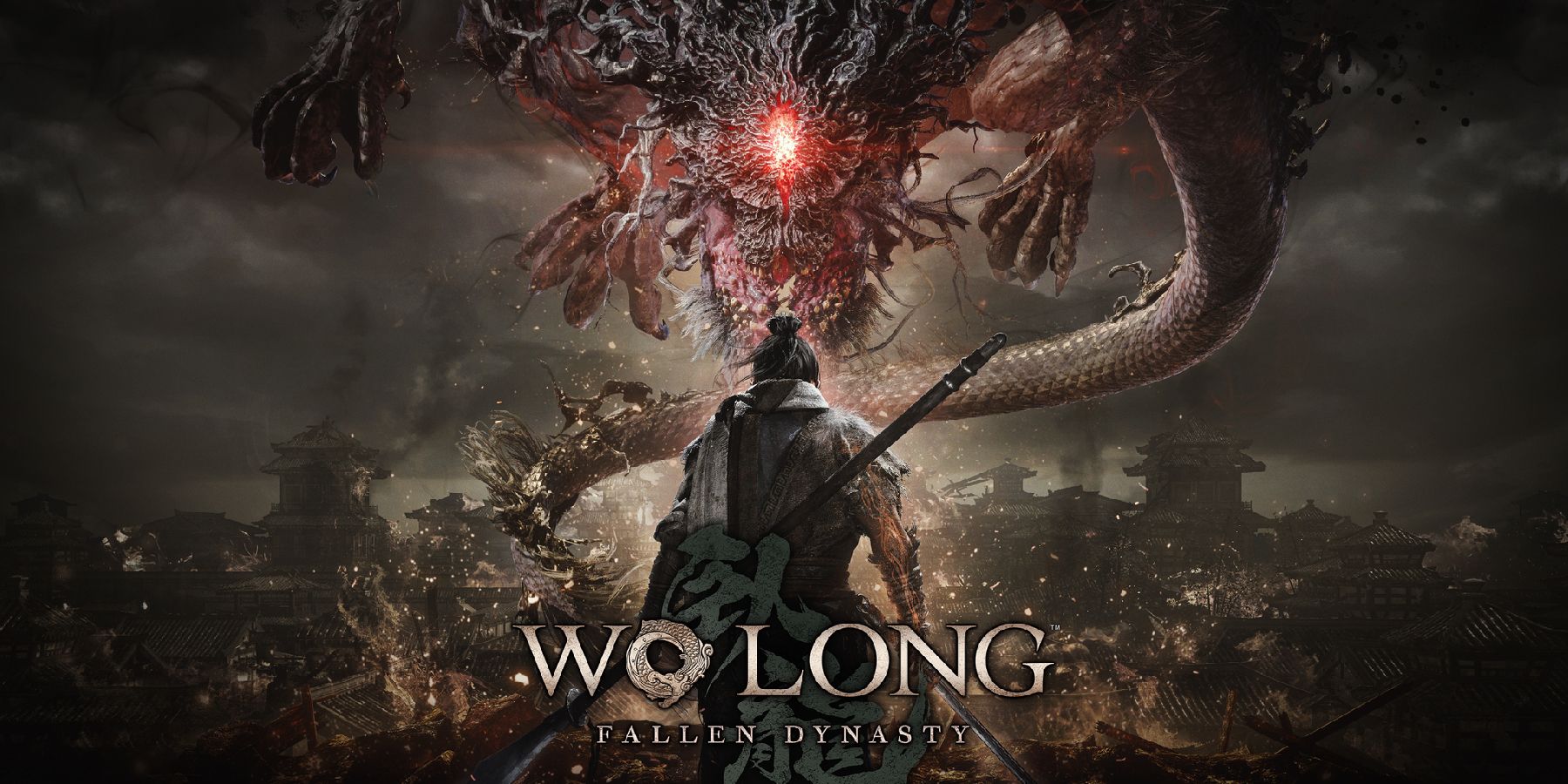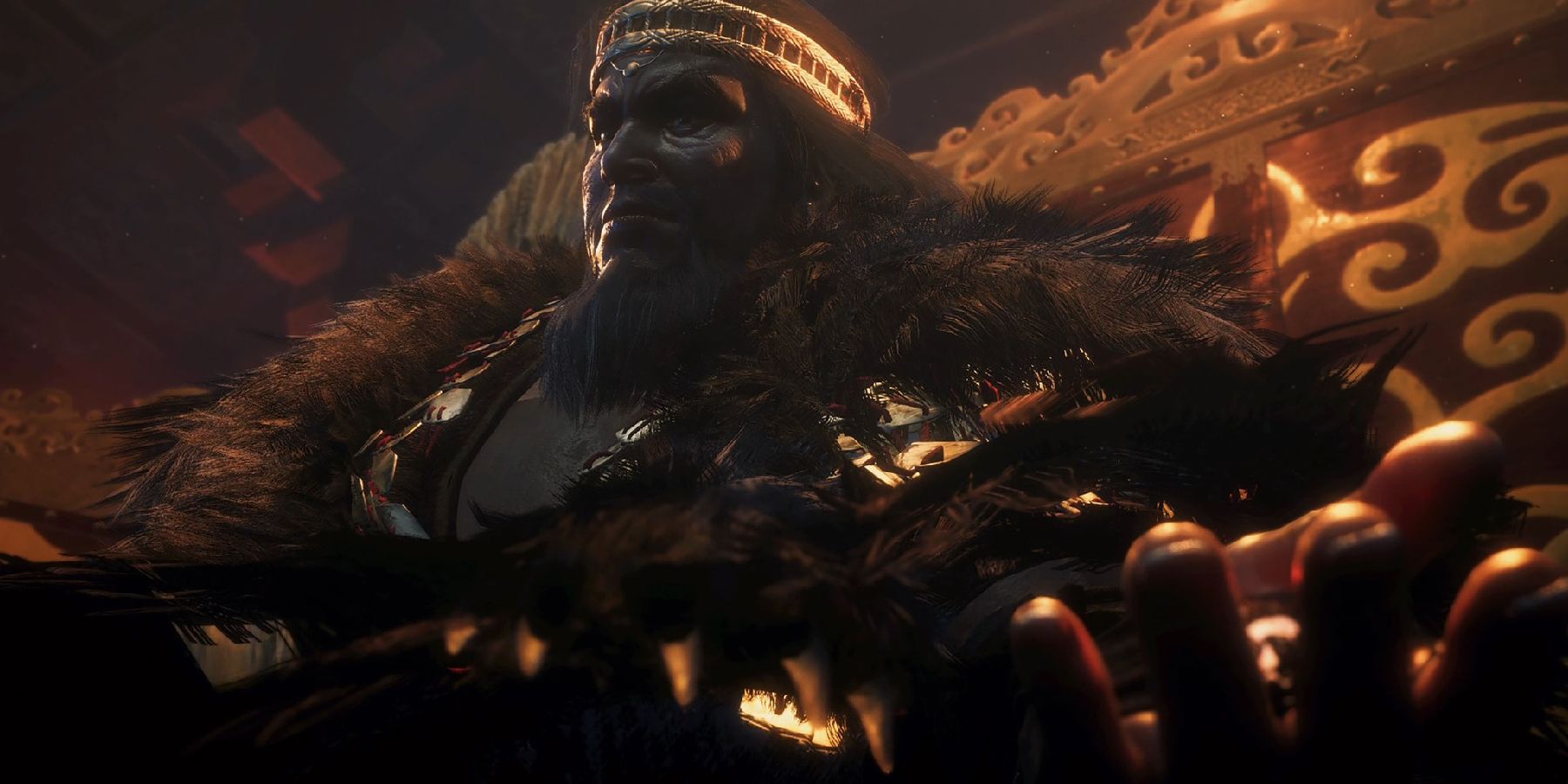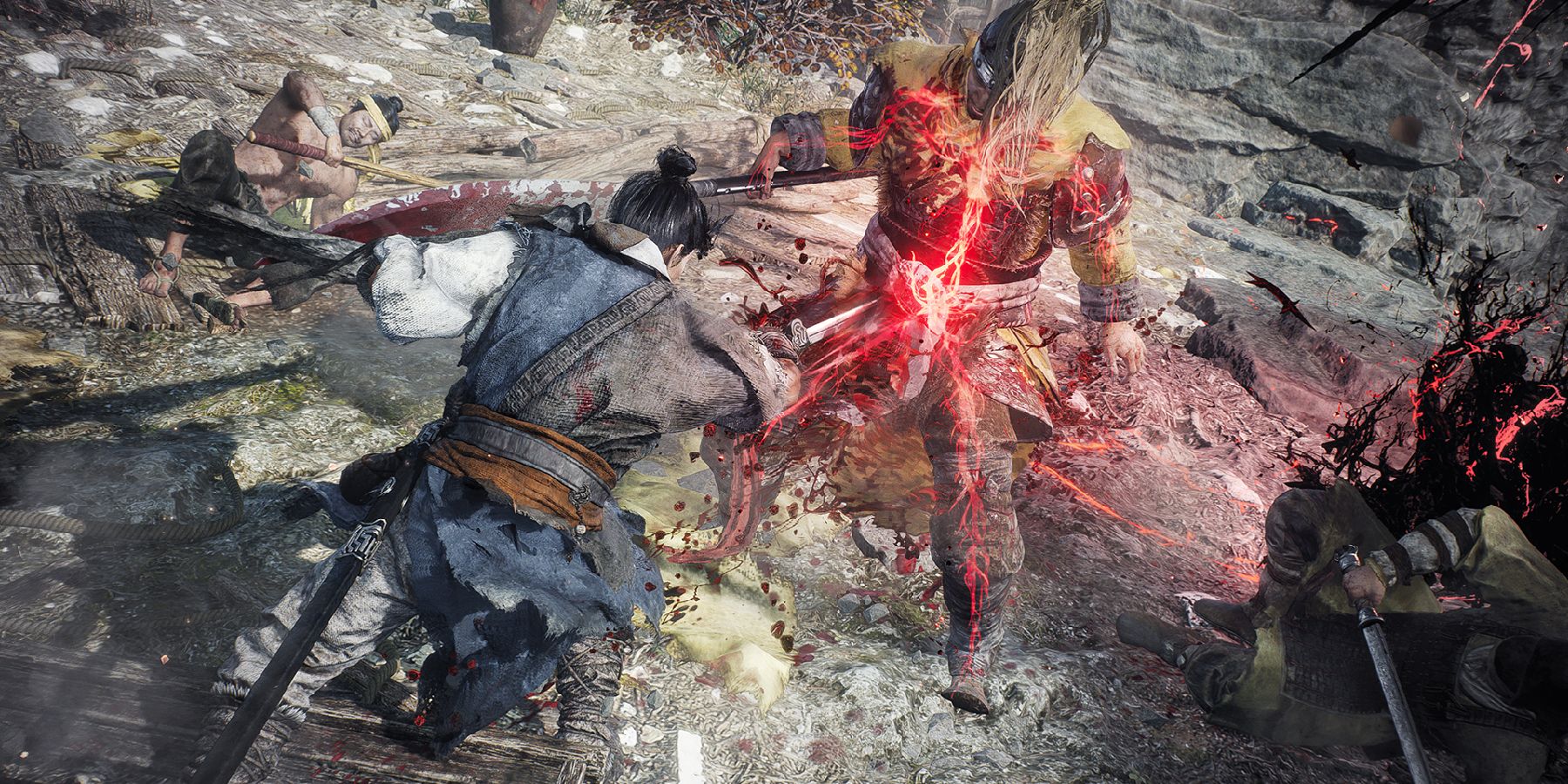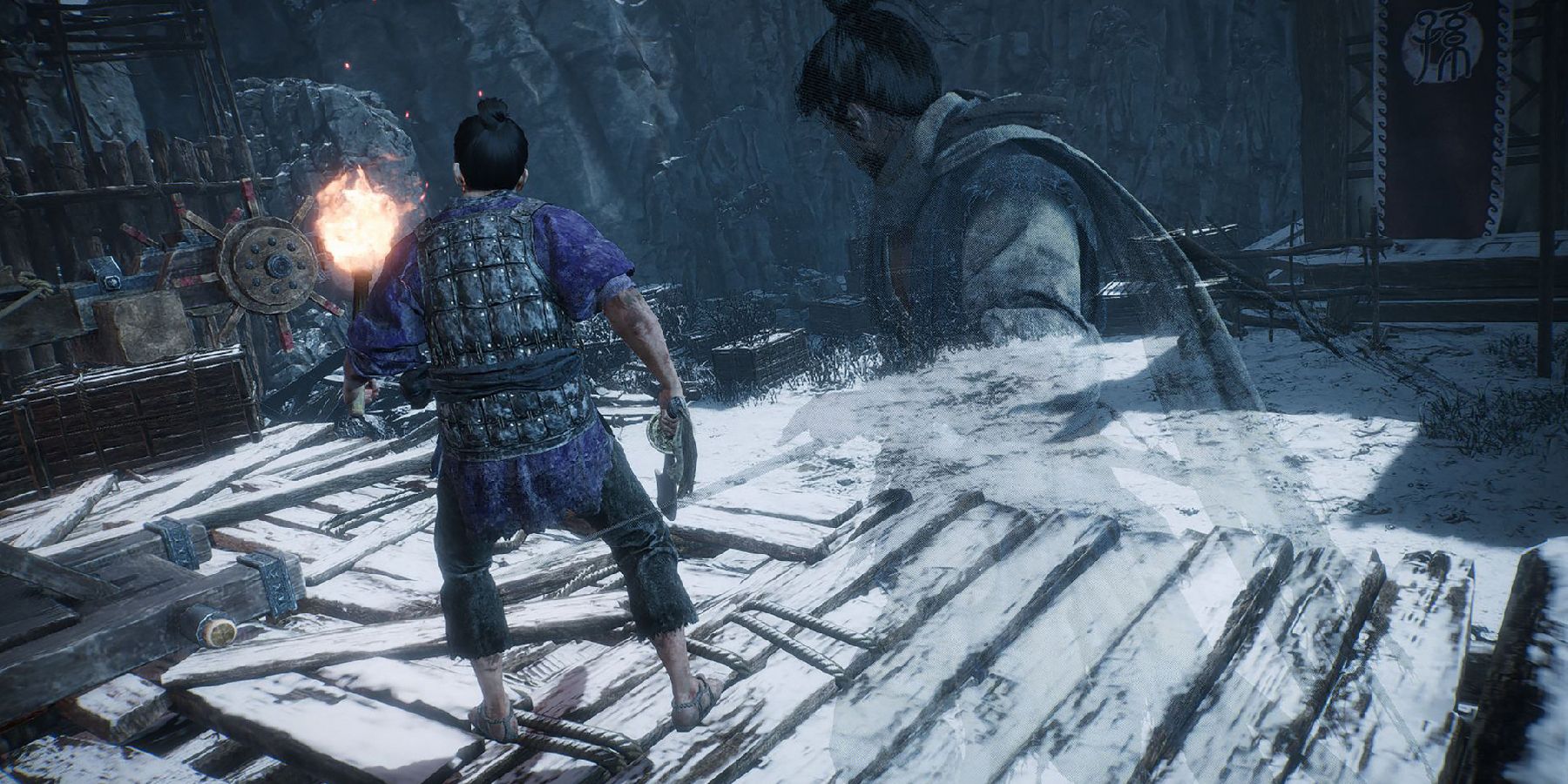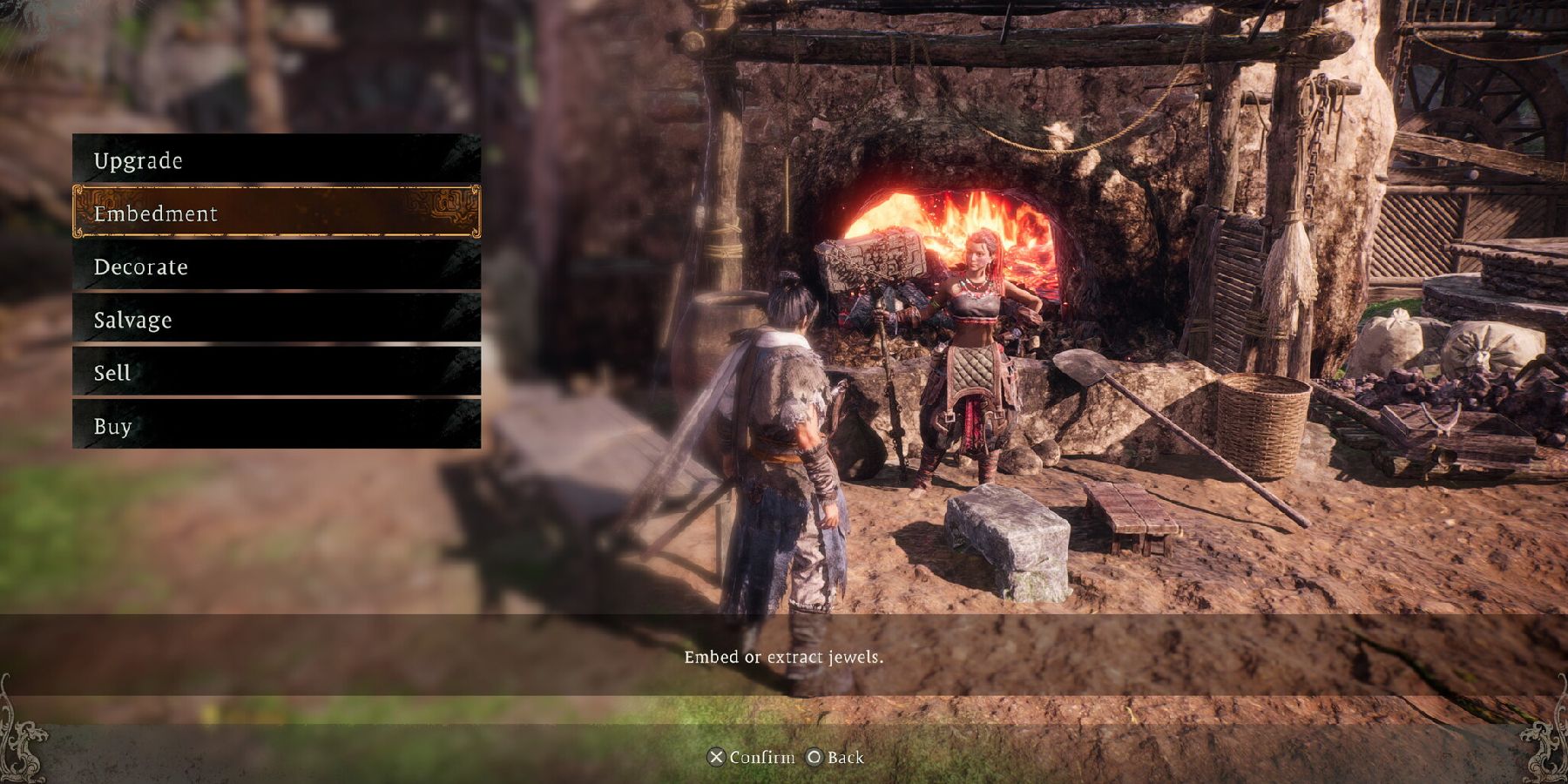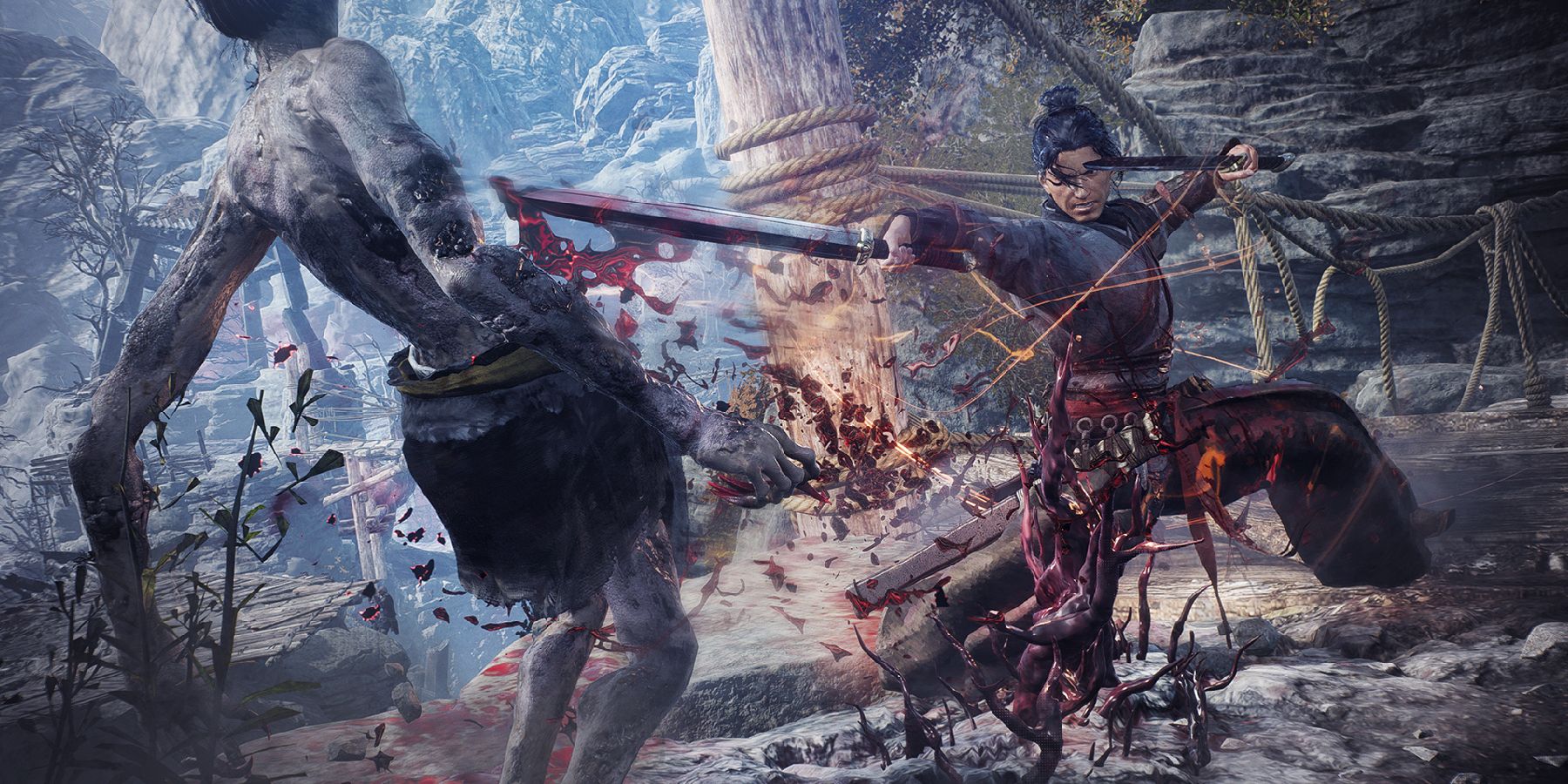With games like Nioh and Stranger of Paradise: Final Fantasy Origin, Team Ninja has found itself delivering its own take on the soulslike by mixing genre fundamentals with expertly-crafted combat mechanics. Wo Long: Fallen Dynasty follows the same trend as previous entries from the studio, offering a challenging action RPG experience with a Team Ninja touch, but this time exploring combat foundations that Sekiro: Shadows Die Twice established four years ago. The end product is a fantastic combination of the two.
Although its inspirations are always felt, Wo Long: Fallen Dynasty still feels unique in the soulslike space. Team Ninja’s dark fantasy take on Han Dynasty China is an exciting blend of high-octane combat with interconnected and simple progression mechanics that never feel bloated despite being so plentiful. However, the game does stumble with balancing so many moving parts at once and can feel disconnected from the larger picture at times. Much like Sekiro: Shadows Die Twice, Wo Long: Fallen Dynasty may prove divisive due to its focus on individual player skill compared to a fully fleshed-out action RPG experience, but that doesn’t stop Wo Long from being another excellent Team Ninja release.
Wo Long: Fallen Dynasty’s story starts with a clunky exposition dump before the player jumps in, but the narrative gradually gets better as the game progresses. Wo Long’s story and setting can best be described as “wuxia cinema meets dark medieval fantasy,” as larger-than-life heroes and generals face off against demonic forces of evil with an elixir of immortality at the story’s center. Unfortunately, a lot of these main story concepts are quite vague and confusing at the start, and Wo Long often works best when it focused on the more grounded elements of the narrative, such as its heroes, villains, and battles.
Surprisingly, the main cast of characters is often a lot sillier than expected from a game that is so forwardly dark and brooding. The main character acts as a sort of straight man to the comedically heroic main characters they encounter across Team Ninja's rendition of Three Kingdoms China. However, Wo Long’s narrative really hits its stride in cutscenes containing electrifying set-piece moments of intense fighting, siege battles, and realized Chinese folklore and cultural notes. These cutscenes work well to pick up the slack in places where the narrative starts to feel generic and begins to stagnate throughout the game’s middle sections.
It is worth mentioning that a lot of Wo Long’s story and cutscenes are inundated with generic-sounding localized voices. Heroic characters sound cartoonishly heroic, while the villains are just as caricaturistic. Good guys have a general “good guy” tone, and bad guys have a general “bad guy” tone, with no real distinctive characters anywhere to be found. While these voices could be seen as an homage to martial arts films from the mid-20th century, it certainly struggles to pull off that level of camp and often falls flat as a result.
Ever since FromSoftware’s Sekiro: Shadows Die Twice released in 2019, few games have been able to replicate a Sekiro-like feel in their hack-and-slash games. Sekiro stripped back a lot of the core RPG elements of the soulslike genre in favor of split-second reaction times and individual player skill as the driving force of game progression. Wo Long: Fallen Dynasty can certainly be considered the first of a budding Sekiro-like sub-genre, as it follows much the same trend. Enemies are faster and hit harder, and success requires mastery of the core combat mechanics to succeed instead of standard action RPG-based progression. Players will be focusing on parrying, staggering, and Fatal Strikes in Wo Long: Fallen Dynasty instead of traditional health bar damage. And once players can master this dance, it is a rewarding and enthralling experience.
However, Team Ninja takes that Sekiro-like foundation and expands upon it by reworking core elements of the genre to create something refreshing yet familiar. Genre staples such as bonfire checkpoints, world exploration, and soul collection have been reworked to feel more interconnected while also serving a higher purpose in challenging the player to test themselves. Wo Long’s four gameplay pillars involve the Spirit Gauge system, the Battle Flag system, the Five Virtues, and the Morale Ranking system. Finding Battle Flags feeds into the Morale system while leveling up the Five Virtues and unlocking Wizardry Spells affects how players use the Spirit Gauge system.
The Spirit Gauge system, in particular, is where Wo Long finds its groove, as players have to weigh the risks and rewards of every action they take and learn how to budget Spirit to maximize their combat effectiveness. Spirit can be withdrawn to deal Wizardry Spells and Martial Arts attacks or can be used to dodge. On the other end, Spirit can be accrued by attacking, in turn encouraging aggressive playstyles and also expanding the number of actions the player can take before risking being staggered. The Spirit Bar is essentially a magic point and poise system that creates a natural ebb and flow to combat that asks players to consider their next move wisely and keeps combat engaging at all times.
Wo Long: Fallen Dynasty also takes a unique approach to world exploration, tying the traditional checkpoint system to a Morale Ranking system that challenges and rewards players willing to fight tougher enemies and explore every corner of the game. Within each mission in Wo Long, every enemy is ranked from a level of 0 to 20, with higher-level enemies dealing more damage the higher their Morale Rank. The player starts at 0 and can boost their own Morale by taking risks and fighting enemies that are stronger than them, but can lose this newfound strength should they die and return to a Battle Flag checkpoint. However, players can boost their base Morale Ranking upon death by finding Marking Flag and Battle Flag checkpoints throughout each level. When these systems work together, this cleverly designed per-level progression system naturally compels players to see and fight everything that Wo Long has to offer in order to get stronger.
Unfortunately, Wo Long: Fallen Dynasty does suffer from stagnant enemy design. By the time players finish chapter 3, they will have seen almost all the enemy types that Wo Long has to offer. While a lot of these base demons are certainly challenging at first, they eventually become nuisances rather than challenges. As the player’s skill grows, the combat encounters almost become muscle memory, and Wo Long can’t keep things fresh for the more experienced player, leading to a less interesting back half of the game. In time, players will find themselves primarily seeking the next boss fight to break up the monotony of fighting the same demon wizard and possessed swashbuckler combo again.
Thankfully, Wo Long: Fallen Dynasty has a rich lineup of bosses that are sure to put a player’s skills to the test. From Herculean beasts that tower over the player to one-on-one duals with some of the Three Kingdom’s finest warriors, Wo Long does a great job at keeping the game interesting behind every boss door. However, the game’s boss battles do feel a bit unbalanced at times due to its more humanoid bosses being more fun to fight than the larger set-piece bosses that often have very simple mechanics. Parrying and dodging a demonic warrior who flies overhead with a spear is more entertaining than poking at the feet of a house-sized boss. Additionally, some bosses can get quite effects heavy, making for a visually noisy and confusing fight.
Wo Long: Fallen Dynasty also includes an ally system that adds another layer of awkward balancing to what should be a fine-tuned experience. In almost every level, the player will be accompanied by one or more NPCs that are central to the story but also trivialize the proposed challenge of Wo Long. Some bosses don’t feel like they are balanced to handle a squad of three and often end up being easy and disappointing fights compared to Team Ninja’s previous lineup of bosses. On the other hand, there are a few levels where the game doesn’t offer a companion, and then the difficulty kicks up beyond what players were accustomed to up to that point, making for a jarring experience. The ally system ends up feeling like an oddly balanced mechanic that switches between feeling tacked on or crucial to progression and has trouble justifying its existence.
Wo Long: Fallen Dynasty may combine Nioh and Sekiro’s gameplay, but it also strips back a lot of mechanics from Team Ninja’s previous catalog to offer a more focused, less bloated game than its contemporaries. The RPG mechanics Team Ninja built here are quite simple. There are only five main upgradeable attributes, named the “Five Virtues,” composed of Earth, Fire, Water, Metal, and Wood, instead of the usual list of skills involving dexterity, strength, HP, and so on. As long as players have a basic grasp of how to properly tune a character, they should have no problem reaching the end credits. Leveling up is simple and forgiving, and players can respec whenever they want very early on in the game.
Loot and gear progression has also been toned down significantly since Nioh and last year’s Stranger of Paradise: Final Fantasy Origin. Players can simply find a set of armor that they like right at the start of the game and upgrade it as they go, and use it for most of the run time. Wo Long: Fallen Dynasty likes to recycle most gear anyway and offers very few unique armor sets or weapons, so there is never any pressure on finding the most-optimized loot in the game. Team Ninja makes it clear that the RPG and gear systems are not designed to overshadow the player-skill-based progression system, and this creates a more focused overall experience. Wo Long does just enough where it needs to in order to feel complete but not too much as to bog down the game.
While Wo Long: Fallen Dynasty starts off with a clunky narrative and a steep learning curve, eventually, Team Ninja’s attempt at a Sekiro-like action RPG crescendos into a fun exploration of Three Kingdoms China in a dark fantasy premise. It is a compelling package that thrills and rewards as much as it challenges and frustrates, even with odd pacing and balancing issues in tow. Wo Long is leaner, faster, and more focused than anything Team Ninja has developed since Ninja Gaiden 3, offering a welcome emphasis on gameplay and combat mastery over anything else.
When all of Wo Long: Fallen Dynasty’s systems are going, they masterfully work in harmony to make the player want to see more, fight more, and challenge themselves. When players are pushing their limits and conquering the game's mechanics, Wo Long becomes a hard game to put down. It doesn’t totally reinvent the mechanics that Team Ninja has been building since Nioh, nor does it fully flesh out concepts from Sekiro that inspired it; however, Wo Long takes enough from both to make something engrossing.
Wo Long: Fallen Dynasty launches March 3, 2023, for PC, PS4, PS5, Xbox One, and Xbox Series X|S. Game Rant was provided a PC code for this review.
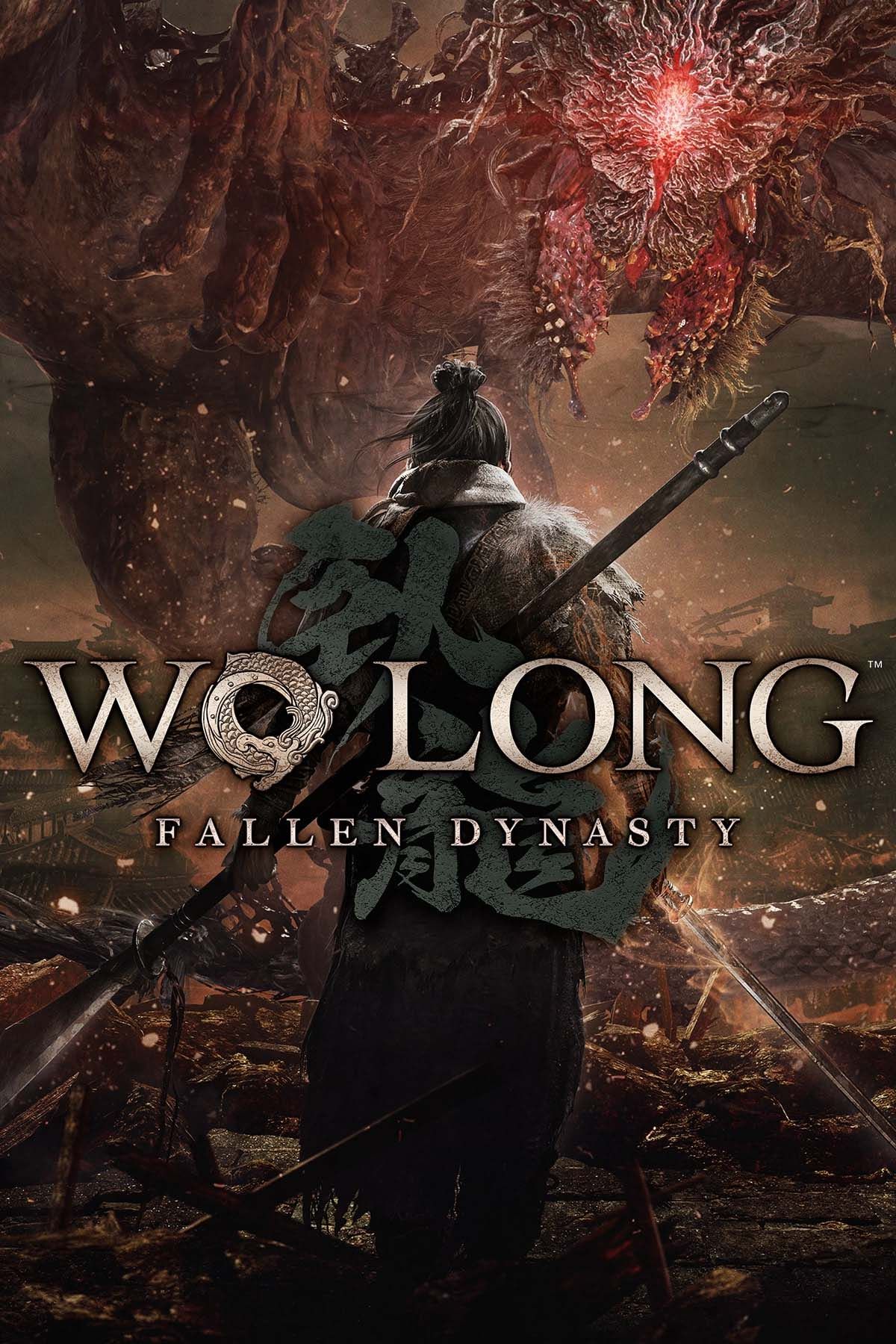
Wo Long: Fallen Dynasty
Developed by Team Ninja, Wo Long: Fallen Dynasty will follow the story of a nameless militia soldier during the Han Dynasty. Players will embark on an action-filled adventure featuring RPG elements and engaging hack-and-slash combat.

